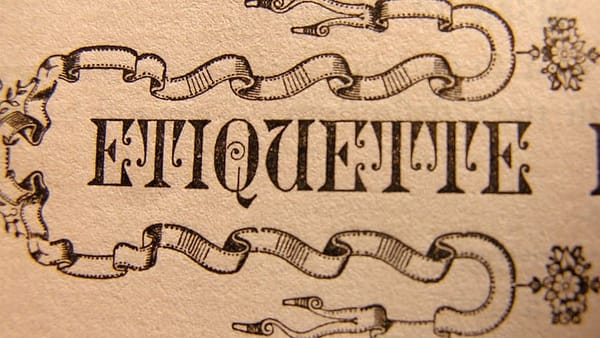Boston’s pro-life history: Storer pushes for unborn protections

Earlier blog entries — Read Part I here and Part II here — showed that abortion was frequent in Boston in the 1850s and discussed three physicians who were strongly and vocally opposed, John Preston Leonard, David Humphreys Storer, and his son, Horatio Robinson Storer. More on Boston's abortion problem in the future, but today we will provide some background on Dr. Horatio Robinson Storer, who would become the key figure in the "physicians' crusade against abortion" that led to the passage of stringent laws protecting the unborn in U.S. states and territories between 1860 and 1880. Storer was born Feb. 27, 1830 in Boston to Dr. David Humphreys Storer and Abby Jane Brewer Storer. He was educated at the Boston Latin School and Harvard University where he won the coveted Bowdoin Prize in 1850 for "The History and Resources of the Valley of the Mississippi" [Harvard Archives HW 89.165.221]. Following graduation from Harvard in 1851, he attended the Harvard Medical School obtaining his M.D. in 1853. He married Emily Elvira Gilmore in July 1853 and a few months later the couple traveled to Europe where Horatio continued medical studies. The last year abroad was spent in Edinburgh, Scotland where he studied with Dr. James Young Simpson who discovered the anesthetic properties of chloroform. It may have been chloroform's reduction of Queen Victoria's labor pains that resulted in Simpson becoming Sir James Young Simpson. Horatio returned to Boston in 1855 with tentative support and later strong support of his mentor's chloroform. This led to conflicts with Boston physicians who virtually worshipped ether whose anesthetic properties were first demonstrated in Boston.
Horatio began medical practice in Boston largely specializing in the diseases of women. He thus became aware that many of these women suffered from the after effects of induced abortion. By 1857 he was committed to a crusade against the prevalent abortions that he viewed as a serious problem. He requested that a Committee on Criminal Abortion be created at the American Medical Association, and this was done at their annual meeting in Nashville in 1857. He was appointed chairman. However, Horatio's illness would delay the critical AMA report on Criminal Abortion until 1859.

